Are you looking for an example of a corporate website created in the Django web framework? NASA would be an excellent example.
How about a content site the size of National Geographic, the Washington Post, The Guardian, or The New York Times?
Yes, indeed, they were also created in Django!
Django is versatile. It allows us to create corporate, content, social media, or streaming portals.
But that's not all!
Django is also very attractive, thanks to its availability under an open-source license. What is even more important is that it can be used for commercial purposes. We presented the cost of a website created in Django in a seperate article.
Learning about Django's features, attributes, and qualities is certainly enlightening. Still, it's even more satisfying and impressive to learn about the application cases, many of which don't need to be introduced to anyone. We use them every day.
So, without further ado, we invite you to learn more about the Django framework and applications that have been developed with its help.
Web application in Django — the advantages of Django
Do you know the tagline advertising the Django Project? The web framework for perfectionists with deadlines. Can we capture the essence of this tool more accurately? Perhaps, but why do that? ;)
Our topic today — applications in Django — is very technological. If you want to build perfect web applications and not look at the calendar with trepidation. If you don't want to get a heart attack when you hear the word "deadline," use the Django framework.
Without it, it's hard to imagine the development of applications. Meeting increasing demands and offering simple and effective solutions are the main advantages of this technology.
What is Django? Why have big businesses and applications with millions of users operating globally decided to use this particular technology rather than a different one?
Before we tell you more about this great tool, technology, let's go back briefly to 2003 in the United States.
Then, two programmers (Simon Willson and Adrian Holovaty), working for a daily newspaper, found a way to use Python (already a fairly popular programming language at the time) more effectively to create a faster and more efficient website.
It took them a while, but they ultimately achieved the goal. The result was so convincing that two years later, it was made available in open-source form (BSD license – Berkeley Software Distribution) under the name Django.
It got its name for its versatility, speed, and concreteness. These traits were prominent in Django Reinhardt's style and technique. A jazz musician who was a virtuoso, an innovator, and a very versatile instrumentalist. It's a somewhat distant association but very accurate.
Reinhard was known to use only three fingers when playing the guitar. Similarly, the framework named after him achieves similar results.
Why has Django become such a popular framework for web development? What characteristics of Django determined its tremendous success?

Django is a Python-based web framework, meaning it was written in one of the most popular programming languages in years.
Frameworks are a type of skeleton of a future application. They help determine its structure and how it works. Frameworks are also collections of components and libraries that allow us to perform specific tasks. They provide particular functionalities for larger software platforms.
By using such elements (adapting them to the requirements of a specific project), a software developer can create an application much faster and more efficiently.
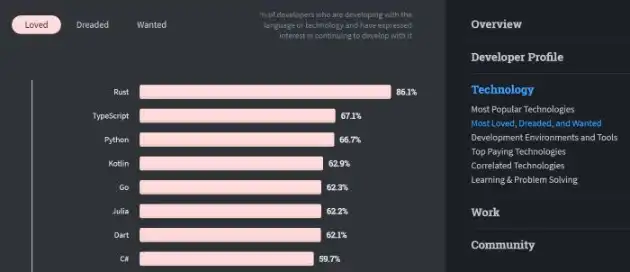
The current version of Django uses the MVC (Model-View-Controller) architectural pattern, which allows us to separate the application's visual presentation (GUI—Graphical User Interface) from its business logic.
Another important feature of Django is its reliance on the DRY (Don't Repeat Yourself) principle. A rule that's about avoiding code repetition in the software development process.
Instead of repeating the code, we just need to call it, which makes programming faster and simpler, and the code itself much clearer.
It also saves time that can be used to improve the code if an error occurs. In the case of calls, we need to correct a given fragment, not all of the repetitions.
Are these all the advantages of the Django framework? Of course not! The code conciseness is definitely not enough to attract developers en masse who are very demanding and have so many other options.
Django allows us to create code that is:
- Clear
- Safe
- And has a simple structure.
Moreover, the framework is convenient, as it offers a number of functions that allow us to get maximum results with minimum work involved.
In other words, Django allows us — relatively "painlessly" — to solve most of the problems faced by developers creating web applications.
Django developers, in particular, were keen to create a framework that would reduce the time it takes to create an application and the time between the concept creation and its execution.
Though it isn't the only characteristic under consideration, this trait often determines the choice of Python and Django.
Especially since much effort has been put into Django to ensure high security and reduce the risk of making mistakes.
Why do major global brands and large organizations choose Django?
Django is a framework that is not only open-source but also attracts the attention of many developers worldwide. The community gathered around it is truly impressive.
It's estimated that several thousand developers from several hundred countries are working more or less regularly and intensively on Django's development and improvement.
This potential shouldn't be underestimated. In practice, it means catching errors faster, offering better solutions, benefiting from the experience of other developers, and learning and using constantly evolving and updated tools.
Similarly impressive are the names of the brands that have decided to enjoy the benefits of this solution. But we'll write more about them in a moment.
There are many reasons for this interest, engagement, and use of Django. We've listed some in the previous paragraphs, but the list doesn't end there.
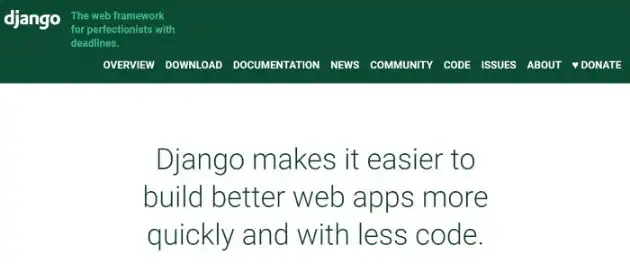
Above all, Django is very useful. Creating applications with its help is a bit like building a structure out of Lego.
Django is mainly used as a CMS (Content Management System), but its capabilities are much more extensive and advanced.
As the Django Project website explains, Django is not just a CMS. It's a web framework in the full sense of the word, which means it's a tool for creating web applications.
It's sometimes used for communication platforms, document management, data analysis, ecosystem creation, semantic URLs, and many other purposes.
It's also worth mentioning that Django includes a sizable amount of libraries that allow us to create advanced web projects.
The offered libraries provide functionalities (such as registration and authorization of content management) and the ability to support many users.
Django is typically used for the development of the following:
- Cross-platform applications (running on different operating systems and devices)
- Applications where scalability is a matter of priority
- Applications that offer multiple user roles
- SaaS (software as a service) applications
- Enterprise applications
- E-Commerce platforms
- Financial platforms
- Social media platforms
The much more efficient scalability of web applications developed with Django is a feature that has attracted the attention of developers creating web applications intended to serve millions of users.
Hence, Django is extremely popular among start-up founders. Their owners and investors are counting on the application's massive success in a short time, which they want to be ready for, and thanks to Django, they can.
The Django framework is a technology that still has great potential for the future.
In summary, Django is used because of the following:
- Rapid development (e.g., of a web application)
- Availability of ready-made solutions and components
- Versatility
- Security
- Scalability
Popular applications developed in Django
There is no shortage of applications developed using Python's most popular framework. The Built with Django website provides numerous examples.
Moreover, a large corpus of articles available on trade websites and blogs discusses the most spectacular examples of Django implementation.
In order not to be worse, we'll also describe a few applications and some success stories that provide the strongest proof, example, and argument for using Django.
Disqus app — hundreds of millions of comments
Disqus is one of the most discussed examples of an application created with Django.
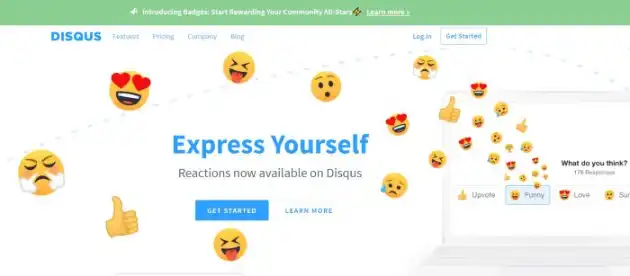
Disqus is a global comment hosting system whose basic function allows users to add comments and replies to website threads.
But that's not its only function.
Disqus is also used for:
- Sending email notifications
- Subscriptions and RSS channels support
- Moderating and administering
- Spam filtering
- Creating blocklists and allowlists
Thanks to Django, the application, which has millions of users, is stable and efficient. It provides adequate scalability.
Instagram app — one billion users
Like Facebook, Instagram doesn't need a special introduction. It's a social media platform for sharing photos and short videos.
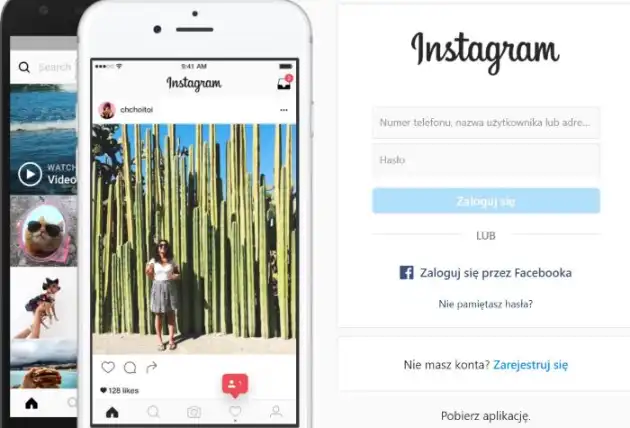
With such a massive number of users (and the content and traffic they generate), scalability is more than a fundamental matter.
If the history didn't look different, one might think that Django was even written to create apps similar to Instagram.
Currently, there is no more impressive example of an application that was created thanks to Django.
The primary advantage of Instagram's use of Django is:
- Effective and efficient handling of the massive amount of data and interactions that take place in the application (95 million photos and more than 4 billion likes are added and given every day).
- Separation of the frontend from the backend.
- The ability to add new UI/UX solutions without interfering with the backend.
YouTube app — the second most important browser in the world
In a strict sense, YouTube is a portal for publishing, watching, and sharing audiovisual material.
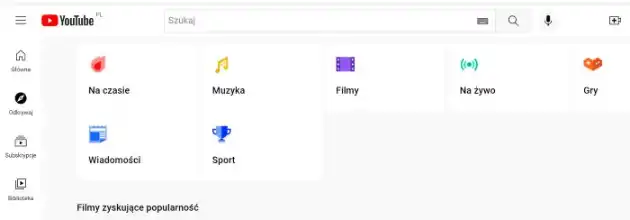
It is also the second most popular browser on the Internet, behind only the Google browser.
YouTube was initially written in PHP. However, with the increasing range, website views, users, data, and interactions, more effective solutions were necessary. Django turned out to be a very natural choice.
Even though the entire website isn't written with Django, Google, which owns YouTube, recognizes Python as the recommended language for coding backend sections of applications. A recommendation from such a source cannot be considered accidental or misguided.
Spotify app — millions of subscribers
The numbers are also staggering in the case of Spotify — a platform that changed almost everything in the music industry with 70 million songs, 365 million users, and 178 markets.
With a project of this scale, efficiency, flexibility, safety, and speed are priority goals and values.

As the developers themselves write in the article "How we use Python at Spotify," they use Python (and Django) to:
- Develop backend services
- Analyze data
- Create prototypes
- Create quick scripts
- Use machine learning.
According to Spotify's insiders, the effect is so convincing that they consider Python/Django core technologies in their tech stack.
Bitbucket app — code repository hosting with millions of requests and repositories
Django also proved to be the technology of first choice for a platform targeting developers. Bitbucket enables millions of programmers to store code conveniently and securely.
Considering the load statistics, Bitbucket is one of the most load-intensive applications created with Django's help. Several issues drove the choice of Python and Django.
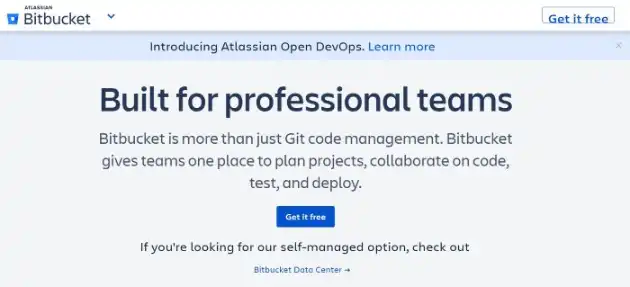
One of the most important was the ready-made solutions available in Django, which reduced the time required to implement functionalities that are important for the operation and development of the platform.
Once again, according to Bitbucket's creators, the choice was the right one, and it has contributed to the business's development.
Dropbox app — 700 million users of one of the best SaaS platforms
Thanks to its functionalities and attractive (SaaS) cloud-based services, Dropbox has become an enticing file storage tool for individual and business customers.
This web platform was written in Python, and its selected elements (e.g., desktop client software) were created using the Django framework, making it possible to store various file types in a very efficient and stable way.

What's even more important is that Django allows us to sync our accounts across devices effectively. It also can offer different types of file-sharing options.
Dropbox has enjoyed a good reputation for years and is appreciated by users worldwide. We are Dropbox users ourselves, and it must be said that it hasn't disappointed or let us down yet.
Mozilla Firefox browser — the second most popular web browser in the world
The story of Mozilla's growth is also a story of replacing less efficient technologies (PHP) with technologies much better suited to handle exponentially growing traffic (Python/Django).
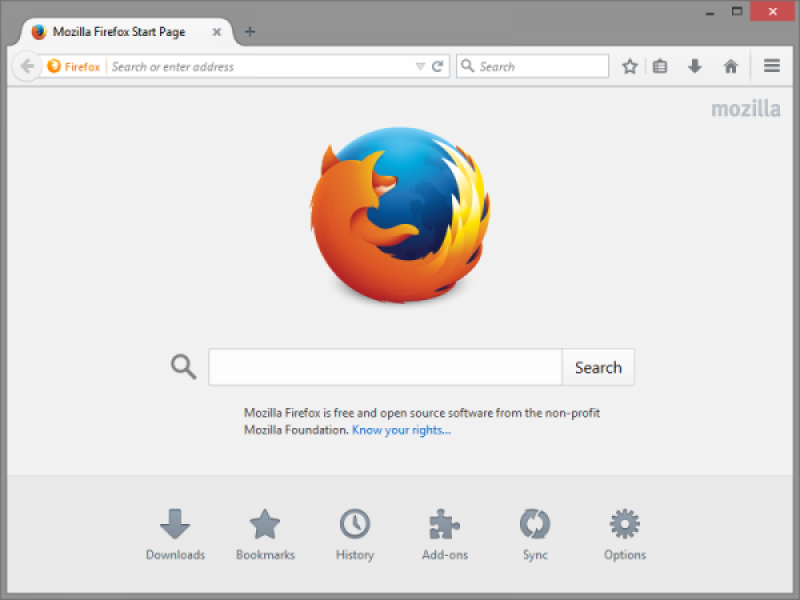
Nearly 200 million monthly active users (MAU) posed a challenge that Mozilla's developers tackled only after a technology change. Python and Django have played no small role in successfully competing with Mozilla's biggest rival.
Although Firefox has a strong competitor in the form of Google Chrome, it has successfully competed with the leader for years through the appropriate use of technology and even won with it in various performance benchmarks.
Popular Django applications. What companies use Django? Summary
- Django is one of the most popular web frameworks written in Python language.
- It was used for the development of such popular websites as The Guardian, The New York Times or The Washington Post.
- For many years, Python has been one of the most popular programming languages among developers. It gets high ratings in independent rankings mainly because of its simplicity and efficiency.
- Frameworks are general frames, standards, and tools for developing and implementing applications or websites.
- Frameworks provide specific functionalities for larger software platforms, thanks to which developing applications is much faster and simpler.
- The current version of the Django framework uses the MVC (Model-View-Controller) architectural pattern.
- MVC architecture allows us to separate the application's visual presentation from the business logic.
- Separating the frontend and backend layers makes it faster and simpler to develop applications and reduce errors.
- The Django framework is based on the popular DRY (Don't Repeat Yourself) rule. It means creating more economical, clear, and elegant code.
- Django allows us to create clear and scalable code with a simple structure while providing the appropriate security level.
- Django offers a number of functions that allow us to get maximum results with minimum work involved.
- The developers of Django, in particular, were keen to create a framework that would reduce development time.
- Django is a framework that brings together a large community of programmers who are constantly expanding and improving it.
- In practice, it means catching errors faster, offering better solutions, benefiting from the experience of other developers, and learning and using tools that are constantly being developed and updated.
- Django allows us to create applications using ready-made components. Developing applications with Django is like building a structure out of Lego.
- Django is not just a CMS. It's a web framework in the full sense of the word. This means it's a tool that allows us to create web applications.
- It offers a significant number of libraries for creating advanced web projects.
- Libraries provide most of the typical and useful functionalities (such as registration or authorization of content management).
- Django is usually used to develop multi-platform applications that offer multiple user roles, such as SaaS (software as a service), corporate applications (enterprise), e-commerce platforms, financial platforms, and social media.
- Django is used by global, reputable, and leading organizations and brands in their domain, including National Geographic, Pinterest, Eventbrite, Prezi, and NASA.







